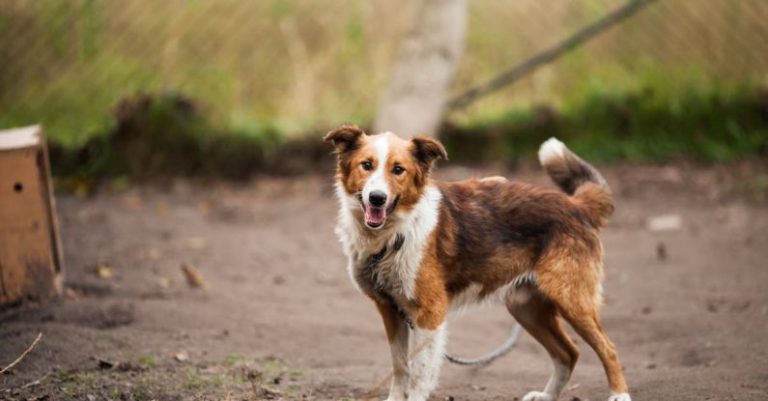Training Your Dog: Essential Commands and Tips
Training your dog is essential for their development and safety. Teaching your furry companion basic commands not only helps in establishing a strong bond between you and your pet but also ensures their well-being in various situations. Whether you have a new puppy or an older dog, implementing proper training techniques can make a significant difference in their behavior. In this article, we will explore some essential commands and valuable tips to help you effectively train your dog.
Establishing Basic Commands
1. Sit
One of the fundamental commands to teach your dog is “sit.” This command can be useful in various situations, such as when greeting visitors, before meals, or during walks. To teach your dog to sit, hold a treat close to their nose, then slowly raise your hand with the treat above their head. As their head follows the treat, their bottom will naturally lower into a sitting position. Once they are seated, reward them with the treat and praise.
2. Stay
The “stay” command is crucial for keeping your dog safe in potentially dangerous situations. Start by asking your dog to sit, then hold your hand up in a stop signal and say “stay” firmly. Take a step back and wait a few seconds before returning to your dog. Gradually increase the distance between you and your pet while practicing this command. Reward them for staying put and gradually extend the duration of the stay.
3. Come
The “come” command is essential for calling your dog back to you, especially in situations where they may be in danger or need to return promptly. Begin by practicing this command in a safe, enclosed area. Say your dog’s name followed by “come” in an enthusiastic tone. When they come to you, reward them with treats and praise. Make sure to always reward your dog for coming to you, even if they were initially distracted.
Valuable Training Tips
Consistency is Key
Consistency is crucial when training your dog. Use the same commands and gestures each time you practice, and ensure that all family members are on the same page with training techniques. Dogs thrive on routine, so establishing consistent expectations will help them learn more efficiently.
Positive Reinforcement
Positive reinforcement is a powerful tool in training your dog. Rewarding good behavior with treats, praise, or playtime motivates your pet to repeat the desired actions. Avoid using punishment or negative reinforcement, as this can lead to fear or confusion in your dog.
Short and Frequent Training Sessions
Keep training sessions short and engaging to prevent your dog from becoming bored or frustrated. Aim for multiple short sessions throughout the day rather than one long session. Ending on a positive note, such as with a successful command, will keep your dog excited for the next training session.
Patience and Persistence
Training your dog requires patience and persistence. Remember that every dog learns at their own pace, so be patient with your pet as they grasp new commands. If your dog is struggling with a particular command, go back to basics and gradually progress once they have mastered the foundation.
Socialization and Exposure
Expose your dog to various environments, people, and animals to promote socialization and good behavior. Proper socialization can prevent fear or aggression in your dog and help them feel comfortable in different situations. Gradually introduce your dog to new experiences while providing positive reinforcement for calm and friendly behavior.
Incorporate Training into Daily Activities
Integrate training into your daily routines to reinforce commands consistently. Practice commands during walks, playtime, and mealtime to create a well-rounded training experience for your dog. By incorporating training into daily activities, you can reinforce good behavior in various contexts.
Conclusion: Building a Strong Bond Through Training
Training your dog is a rewarding experience that strengthens the bond between you and your furry companion. By establishing essential commands and implementing valuable training tips, you can help your dog become well-behaved, obedient, and confident in various situations. Remember to be patient, consistent, and positive in your training approach to set your dog up for success. With dedication and effort, you can enjoy a harmonious relationship with your well-trained pet for years to come.






